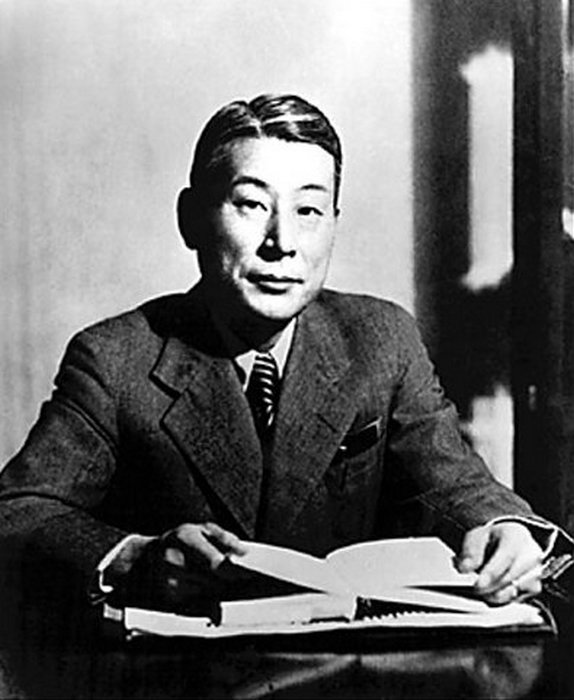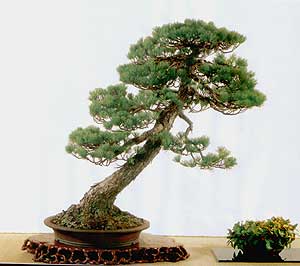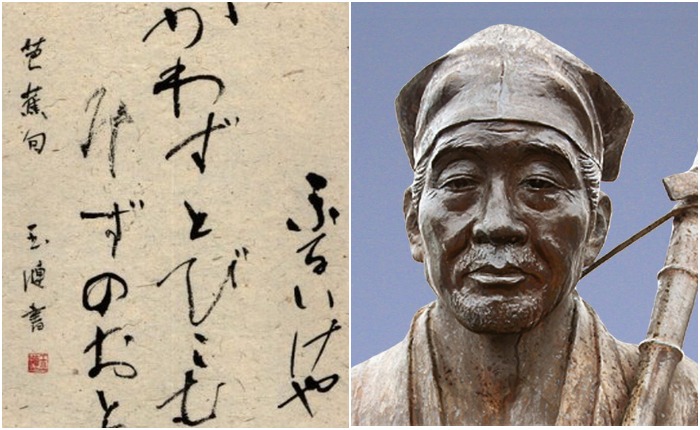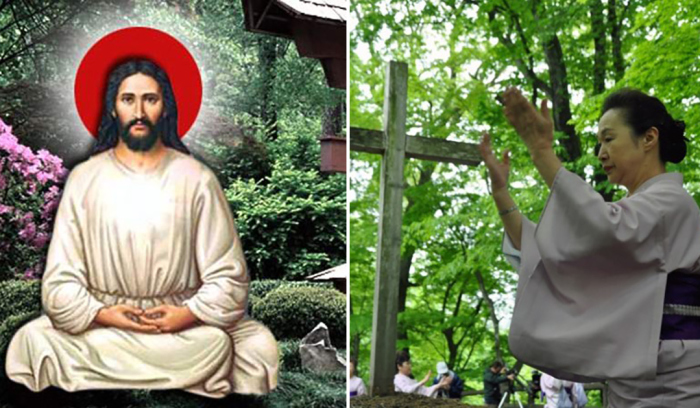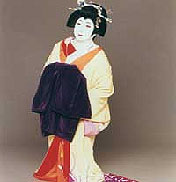Why Japan has left-hand traffic
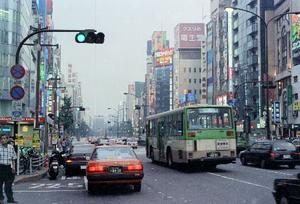 This question is, of course, burning. It becomes especially relevant when, after a short stay in Japan, you suddenly find yourself thinking that you can’t part with the Japanese in any way out of the blue – you’re constantly confronted. Moving along Japanese streets on a bicycle, you feel an inner need to “take to the right.” Over time, this sad habit passes, but sometimes at the most inopportune moment makes itself felt. Sometimes this leads to sad consequences; I personally once somehow was hit by a machine in Kyoto.
This question is, of course, burning. It becomes especially relevant when, after a short stay in Japan, you suddenly find yourself thinking that you can’t part with the Japanese in any way out of the blue – you’re constantly confronted. Moving along Japanese streets on a bicycle, you feel an inner need to “take to the right.” Over time, this sad habit passes, but sometimes at the most inopportune moment makes itself felt. Sometimes this leads to sad consequences; I personally once somehow was hit by a machine in Kyoto.
I started digging the question of Japanese leftism gradually, without fanaticism; word for word – something was gradually collected. Asking the Japanese themselves is bad. Firstly, it doesn’t occur to most of their nation that in other countries they can drive on the right side of the road. You tell them – they will open their eyes and with a zero expression on their faces they nod their heads.
One friend of mine, having once arrived in Japan on business matters, was sitting in a bar with a Japanese friend. For the sake of his curiosity he asks: where did he come to Japan? Our answer to him, they say, from the country closest to you (the case takes place in Sapporo – the main city of the northernmost island – Hokkaido). The Japanese thought for a long time, examined the Russian for a long time, then said: “From Korea?” Such a good knowledge of the outside world is famous for most of the Japanese. Let’s get back to our sheep.
The story of accepting the left side of the road as the main one is a strange story. Its roots go back to Japanese antiquity, when samurai rode through mountainous Japanese terrain on frisky horses with swords on their left side. Nobody wore a katana (Japanese sword) in the bandage; they stuck it in a belt, so that it stuck out from the left side, protruding about half a meter. Apparently, fearing to catch their swords and thereby provoke a battle, the samurai began to use the principle of left-hand movement. They were generally nervous people, not understanding jokes.
It is rational to assume that in addition to the samurai warriors, whose heroic images were pretentiously glorified in modern Japanese cinema by director Takeshi Kitano, there were ordinary people: peasants, artisans, and merchants. How should they walk? This people did not wear swords and quite calmly used either side of the road. The main joy was to get away from the approaching samurai in time. The latter could easily slaughter a tradesman for an oblique look or for some other “disrespectful” act.
At the beginning of the Edo period (1603-1867), a tradition was already established that showed everyone who was heading towards the capital (Tokyo at that time was called Edo) to stay on the left side. It seems that such a system has become attached to the Japanese and gradually began to spread throughout the country. It is safe to say that by the end of the 18th century, the custom to move on the left side of the road has already formed as a general rule for moving around Japan.
In the mid-19th century, Japan was almost stormed to open up to the world. Then the Japanese realized the power of Western technology and decided to borrow everything totally. Many Japanese adolescents sent to study the mind in Western universities; most departed for England. There, by the way, they also ride on the left side.
Probably, the Japanese would still begin to drive on the right side if the Americans or the French had won the tenders for the construction of the first railways on the islands of the Japanese archipelago. But they were ahead of the British. The first train was launched in 1872, and, sadly, the steam engines adhered to left-hand traffic.
Further more. The first horse-drawn trams also moved along the left side of the road. How to explain such an organization? Probably, the sight of the locomotives made such an indelible impression on the Japanese that they simply could not think of a different order of traffic. At the beginning of the twentieth century, horses were replaced with an electric drive, and they did not change the driving schedule – traditionalists after all!
The most interesting thing is that for fifty years no one has bothered to legally regulate which side of the road should be kept. The maximum that the police department in Tokyo went for was issuing an order that horses and cars should keep to the left side, and when meeting with military units – to the right. The Japanese army – a special case – walked on the right side of the road until 1924.
The rulers of the city of Osaka, without thinking twice, obliged all horse and “automobile” to move on the right side of the road. Osaka is the second largest city in Japan, whose authorities showed an enviable autonomy in resolving their issues. Ordinary Japanese, perhaps, liked this state of affairs even more. In Tokyo – on the left side of the road, in Osaka – on the right, you do not have to miss.
In 1907, in Japan for the first time, a pedestrian was crushed to death by a car. It took the authorities almost 20 years to legislate the left-hand movement and put an end to the confusion.
